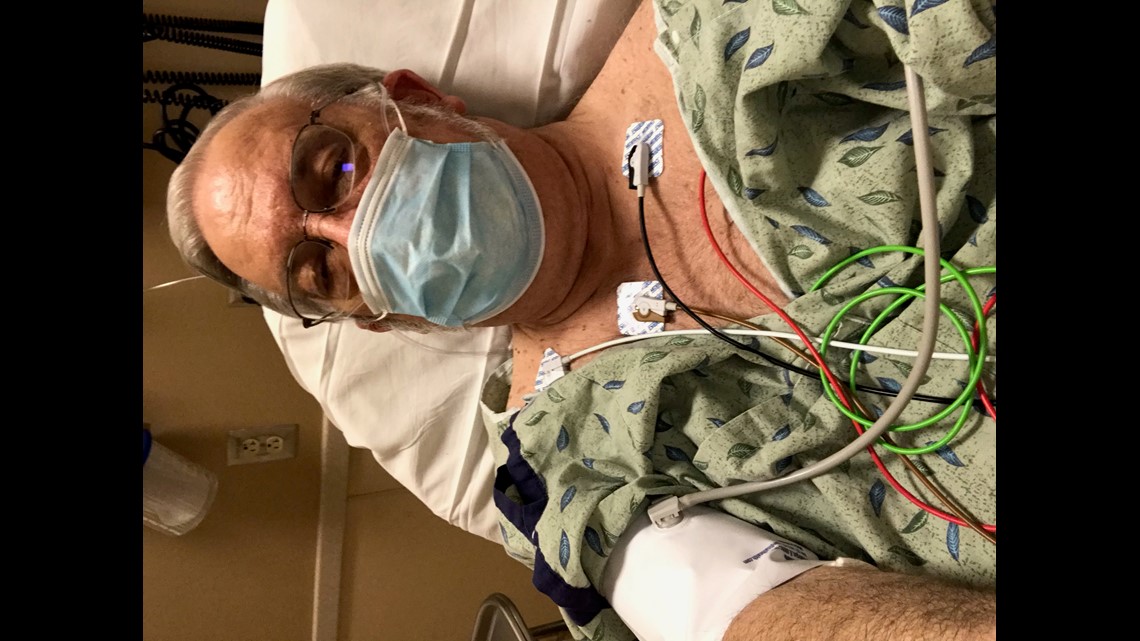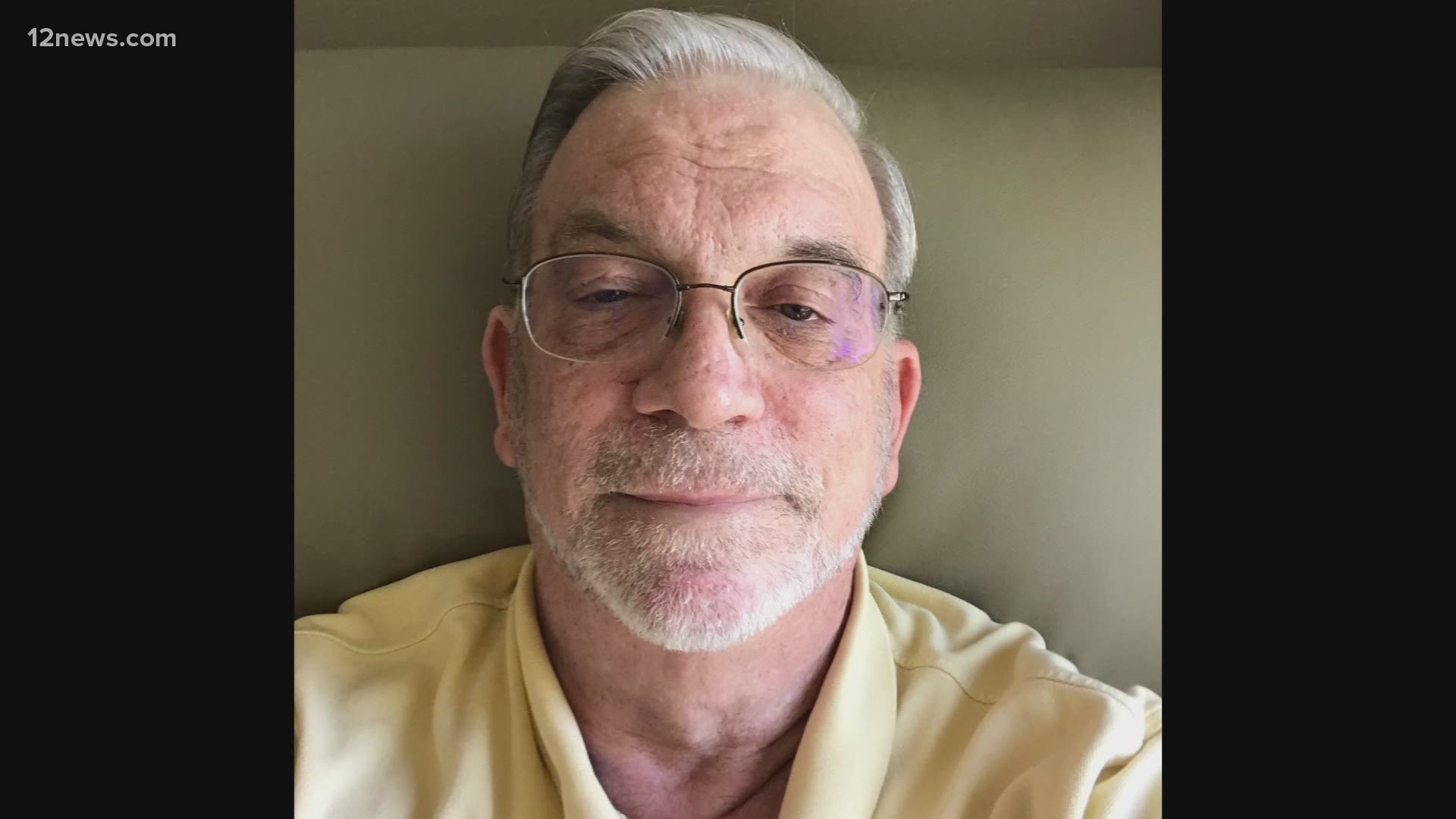PHOENIX — President Donald Trump and the First Lady Melania Trump have tested positive for COVID-19 which has sent a shockwave of uncertainty across the world. Even more now as the president has been flown to Walter Reed Army Medical Center for what the White House said is out of “abundance of caution.”
The president was originally diagnosed with mild symptoms, but there could be complications.
“People who are older than 65, we’ve found that they are 5x more likely to be hospitalized from COVID compared to people in their 20s. People who are over the age of 65 are 90x more likely to die from COVID compared to people in their 20s,” said Dr. Natasha Bhuyan.
Dr. Bhuyan graduated from the University of Arizona College of Medicine and completed her residency with the Banner University Medical Center Phoenix Family Medicine Residency program. She is on the Valley frontlines of treating against the virus.
She says although President Trump is at higher risk, doesn’t mean he will develop severe symptoms.
“It’s really unpredictable how the disease will behave and even if someone starts off with mild symptoms they could evolve and get severe symptoms,” she said.
According to the Center for Disease Control, people in the 65-74 age range are at five times greater risk of hospitalization and are 90 times greater risk of death from COVID-19 compared to young adults between the ages of 18-29.
Many people who test positive develop mild symptoms that can be anywhere from fatigue, fever and cough to a loss of taste and smell.
65-year-old Michael Bennett lives in Peoria and although he's never met the President both men share risk factors with the virus.
“I contracted the thing and had it about 3 or 4 days and then all of a sudden I couldn’t breathe,” Bennett said.


Bennett was diagnosed with COVID-19 in June and spent two months in the hospital only to return in September with congestive heart failure due to the virus.
“I was in a coma for about 10 days,” Bennett said. "At first I was skeptical of masks and thought it was like the flu. I didn't realize how contagious it is."
Both men have high-risk factors including age, gender and weight.
"We've found that people that experience obesity are more likely to be hospitalized or suffer from severe complications of COVID due to the inflammatory component to obesity that negatively impacts people's health," Dr. Bhuyan said.
Dr. Bhuyan says next week will tell how bad it could get for the President.
"I've had patients who are asymptomatic the entire time. I've also had patients that start off with fatigue... usually on day five when symptoms tend to get worse," she said. “One of the key symptoms to look for is shortness of breath. People who do have mild symptoms that don’t get worse, they tend to start feeling better about day eight.”
Dr. Bhuyan also wants the public to understand the difference between isolation and quarantine. "Isolation is when someone is diagnosed with COVID."
She says a person who is diagnosed should isolate if they are asymptomatic for 10 days after a positive test result. If a person develops symptoms later then they should isolate for 10 days from symptoms appearing. "Quarantines are the people potentially exposed and may or may not have the virus. People should quarantine for 14 days from the exposure."
Michael Bennett wishes the best for the President and First Lady and has a message for the valley after surviving the virus.
“I would suggest wearing a mask, washing your hands and doing what the CDC says," Bennett said. Bennett is currently going through dialysis until his kidneys recover. He's also attending physical therapy to recover his strength and to regain his mobility.
Dr. Bhuyan agrees and says the science is irrefutable. "The science tells us how we can prevent this. If all of us wear and mask and practice social distancing. If we avoid crowds and big social events, we know we can minimize the spread of COVID."

